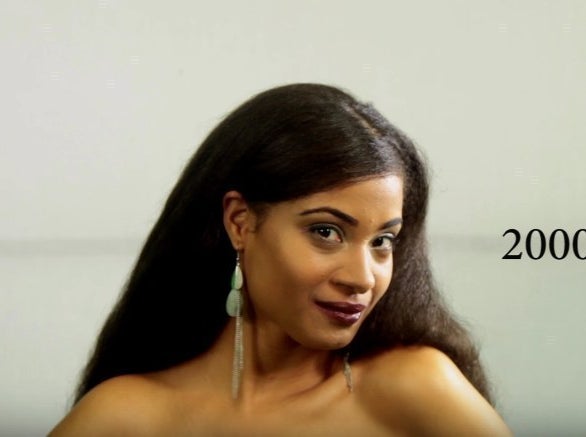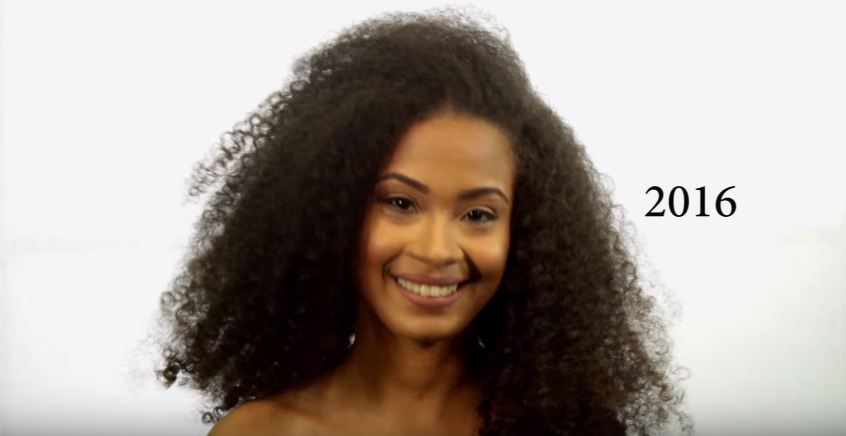LALA Films put out a new video on YouTube showcasing 100 years of Dominican beauty.
View this video on YouTube
The video, produced by Kayla "La La" Rodriguez, was inspired by WatchCut Video's "100 Years of Beauty" series. La La explains her fashion choices in a second video, which you can watch here. Rhondda Matos was the model used for this project.
For the 1910s, she showcases the typical campesina look inspired by activists Mamá Tingó and Juana Saltitopa, two icons who fought for the rights of agricultural workers.


The 1920s look drew inspiration from Ercilia Pepín, one of the first female activists to start the feminist movement in the Dominican Republic.


She also drew inspiration from Evangelina Rodriguez, the first female in the Dominican Republic to graduate from medical school. As La La explains, the strong presence of the Roman Catholic Church in the Dominican Republic at the time led to a more conservative style.
La La based the 1930s look off of Angelita Trujillo, the daughter of notorious dictator Rafael Trujillo, who ruthlessly ruled the country for over 30 years.


"We didn't just want to show the positive side of history. We also wanted to show the negative," La La explains.
Hollywood actress Maria Montez, aka "The Queen of Technicolor," inspired the 1940s look.


She's one of the first Dominicans to make it in Hollywood and is still considered a beauty icon.
The 1950s was reflected by the pin-up look, used in advertisements to lure in tourists looking for a tropical destination.


The tourist boom began in 1955, when the Dominican Republic hosted the World's Fair. "It was the first time the country started promoting itself as a go-to tourist attraction," La La explains.
For the 1960s, the look was based off Maria Teresa Mirabal, who actively fought against the Trujillo dictatorship.


Maria was one of four Mirabal sisters, three of whom were assassinated in 1960. After their deaths, they became symbols of the nation's resistance against the Trujillo regime. "It was very striking to me that a woman who was so fashion forward was also so strong and fought for the liberation of the Dominican people," explains La La.
For the 1970s, the look was inspired by Angela Carrasco, a ballad singer beloved in the Dominican Republic and throughout Latin America.


The 1980s look was inspired by Milly Quezada, a Dominican merengue singer who has won four Latin Grammy awards, and Las Chicas del Can, an all-female merengue group.


La La explains why she had the model pour beer into her hair: "In the 1980s, Dominican women used to put beer in their hair in order to create more volume and create more puffiness...I guess it was go big or go home."
The 1990s look was inspired by La La's personal experience, and explains the "busca novios" hairstyle.


La La explains how the flequillos (the two long bangs) would often be referred to in the DR as "busca novios" or boyfriend seekers.
The 2000s look was partly inspired by Amelia Vega, who won Miss Universe in 2003.


"There was a more eurocentric style coming into popularity," La La explains. Amelia Vega taking the crown was also a point of pride for the Dominican people, as their beauty was displayed and celebrated in front of the whole world.
And finally, 2016's look is inspired by the growing natural hair movement that's taking place in the Dominican Republic.


